Your dog’s dental health is more than just pearly whites—it’s a cornerstone of their overall well-being. While many dog owners think oral care is a job for professionals, there are easy, effective steps you can take at home. From brushing techniques to dog-approved chews, here’s your ultimate guide to maintaining a clean, fresh, and healthy smile for your pup.
1. Start Brushing Early and Often
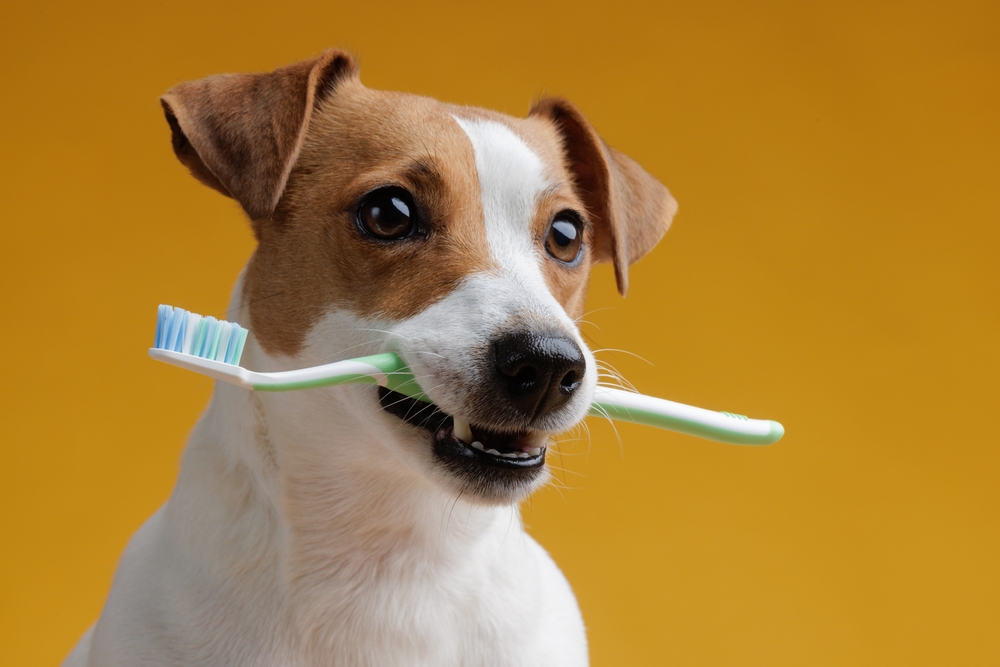
Getting your dog used to teeth brushing early can make a world of difference. Introduce brushing gradually, using a dog-friendly toothbrush and toothpaste with a flavor they’ll love. Start by letting them taste the toothpaste, then slowly ease into brushing. Aim for at least two to three times a week. Regular brushing not only keeps plaque and tartar at bay but also helps your dog feel comfortable with the routine.
2. Choose Dog-Friendly Toothpaste for Best Results
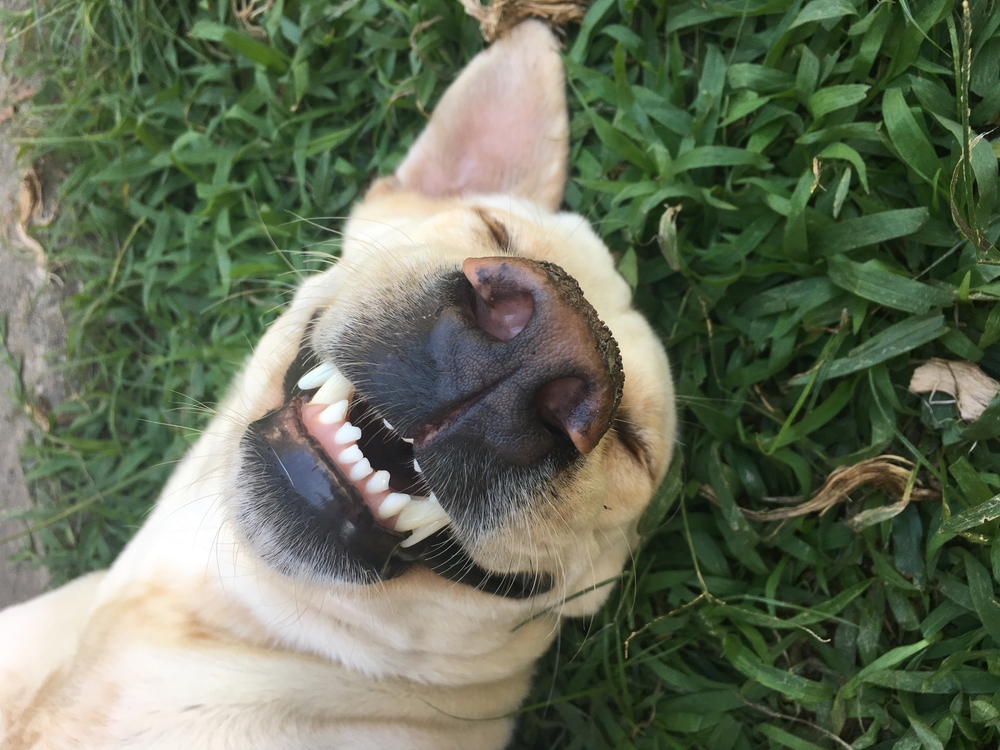
Human toothpaste is a no-go for dogs—its ingredients can be harmful if swallowed. Luckily, there’s a range of specially formulated dog toothpaste flavors, from poultry to peanut butter, that make brushing enjoyable. Pick a flavor your dog loves to create a positive association with brushing time. Dog-friendly toothpaste is safe to swallow, so you can rest easy while they lick away!
3. Offer Dental Chews for Added Cleanliness

Dental chews are a tasty way to promote oral health, helping to scrape off plaque and reduce tartar buildup. The action of chewing massages their gums, promoting blood flow and supporting overall gum health. Look for chews specifically designed for dental care, as they’re structured to reach tricky spots. Not only will they enjoy the treat, but their teeth will stay cleaner in the process.
4. Incorporate Chew Toys to Promote Gum Health
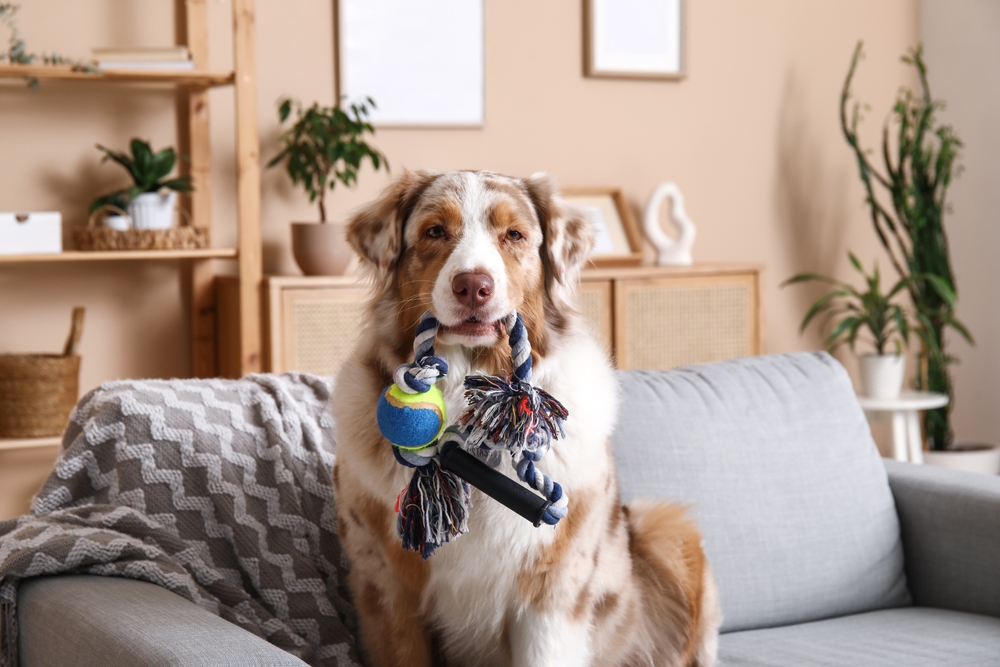
Hard chew toys, like rubber or nylon bones, encourage healthy chewing that strengthens their teeth and gums. These toys can reach areas where brushes don’t, working to clean teeth naturally. Just be sure to choose toys suited to your dog’s size and chew strength—too-hard toys can lead to broken teeth. With the right toy, you’ll be adding a fun, effective layer to their dental care.
5. Try Dental Wipes as a Quick Alternative to Brushing

If brushing isn’t your dog’s thing, dental wipes offer an excellent alternative. Designed to be wiped across your dog’s teeth and gums, these wipes help remove plaque and freshen breath. They’re especially helpful if your dog resists brushing or if you’re short on time. While they may not reach every nook and cranny, dental wipes are a great supplement to your dog’s oral care routine.
6. Add Dental Water Additives to Their Drinking Bowl
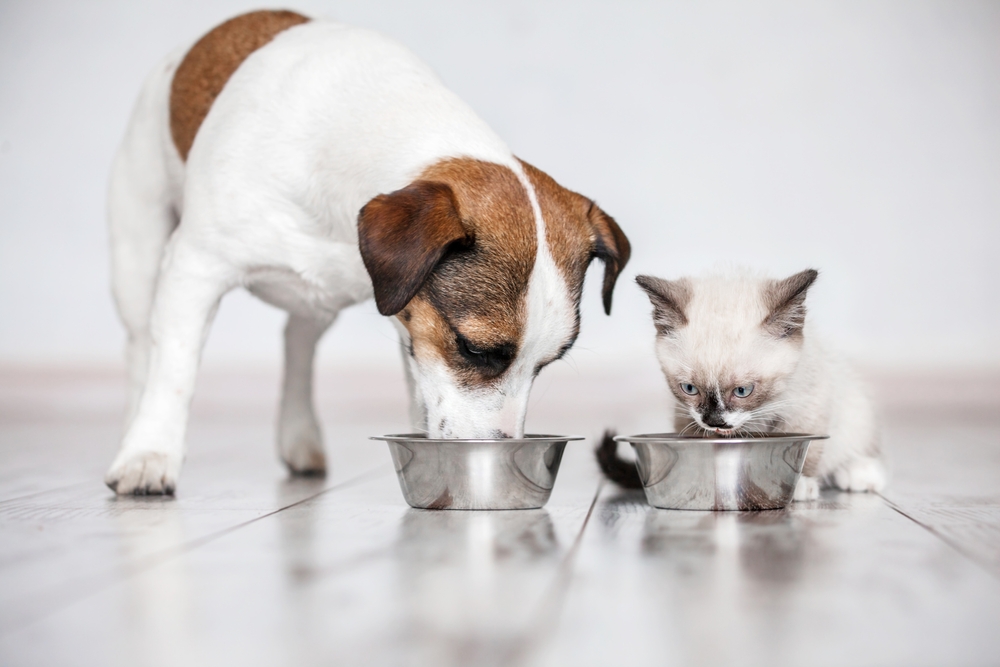
Dental water additives are an effortless way to improve oral health—they go right into your dog’s water bowl! These tasteless, odorless solutions fight bacteria and freshen breath. Water additives won’t replace brushing, but they’re an easy, effective way to support dental hygiene. Just be sure to follow the instructions on the bottle and keep water fresh to maintain effectiveness.
7. Give Crunchy, Natural Treats for Teeth Cleaning
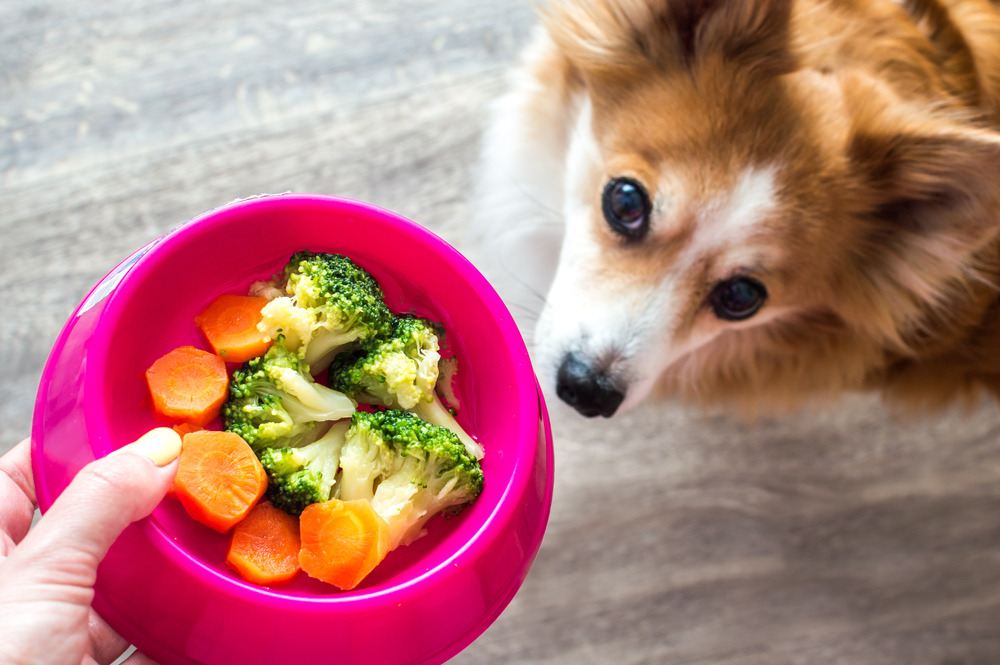
Crunchy treats, like apple slices or carrot sticks, can help clean teeth naturally while providing a healthy snack. The crunching action scrapes off some plaque, and the vitamins boost their health overall. However, always supervise them to avoid choking, and avoid high-sugar fruits. These treats won’t replace dedicated dental care, but they’re a fun, nutritious way to give your dog’s teeth a little extra cleaning.
8. Consider a Dog Dental Spray for Fresh Breath
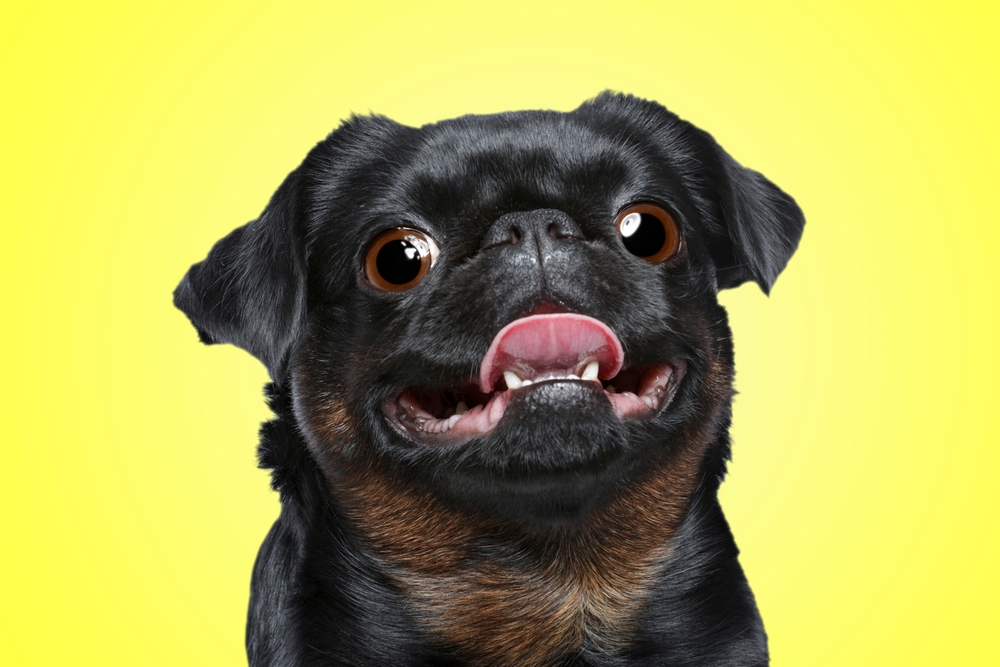
Dental sprays can be a convenient way to freshen your dog’s breath and control bacteria between brushings. These sprays typically contain ingredients to reduce plaque and support gum health. Just spray directly into their mouth or onto their gums for a quick breath freshener. Always look for dog-specific formulas to ensure safety, and check the ingredient list for any allergens specific to your dog.
9. Monitor for Signs of Dental Trouble
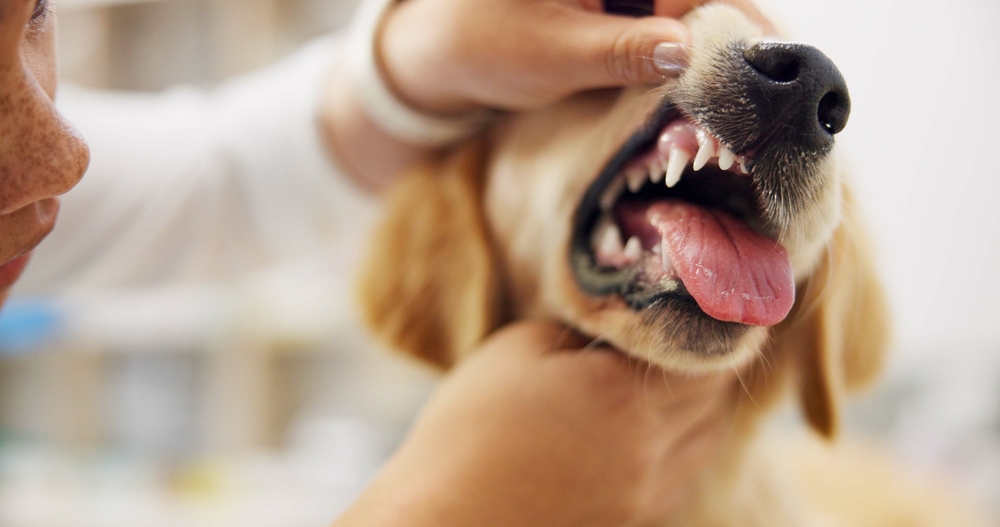
Regularly checking your dog’s teeth and gums for signs of dental issues can catch problems early. Look for red or swollen gums, bad breath, or visible plaque buildup. If you notice excessive drooling, loose teeth, or reluctance to chew, it might be time to consult a vet. Being vigilant about these signs helps prevent more serious health issues, keeping your pup’s mouth in top shape.
10. Schedule Professional Cleanings When Needed
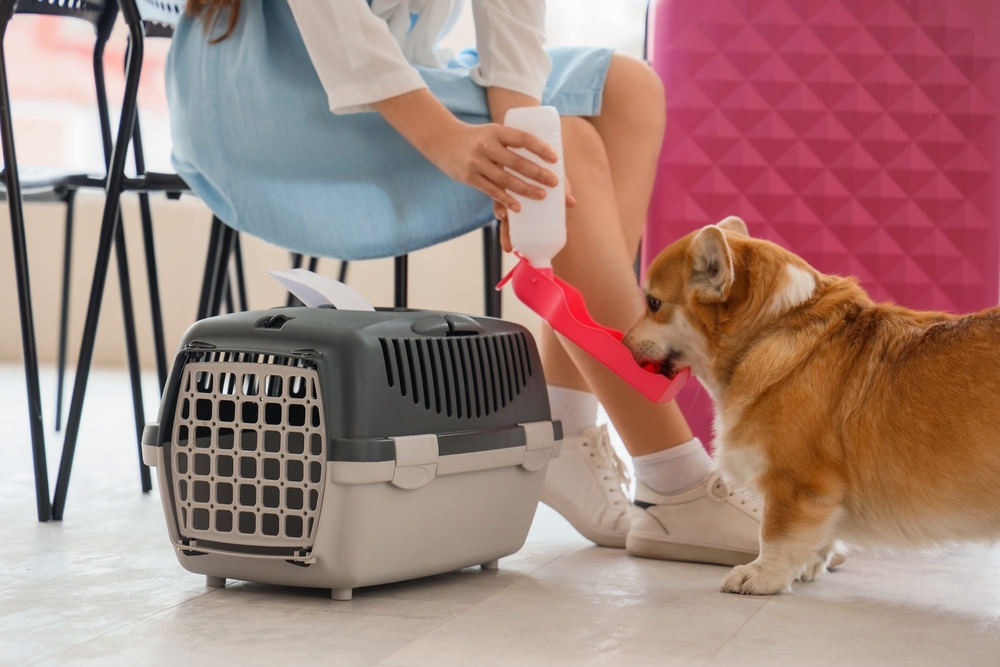
Home care is essential, but professional cleanings are sometimes necessary, especially as your dog ages or if tartar builds up. A vet cleaning can reach deep plaque and treat any underlying issues. Discuss the right schedule with your vet based on your dog’s needs, breed, and age. Combining at-home care with professional cleanings keeps your dog’s teeth healthy, ensuring that their smile stays strong for years to come.
A clean mouth is more than just fresh breath—it’s a vital part of your dog’s health. With these steps, you’re well on your way to creating a thorough, enjoyable dental care routine. Your dog’s bright smile will thank you!
